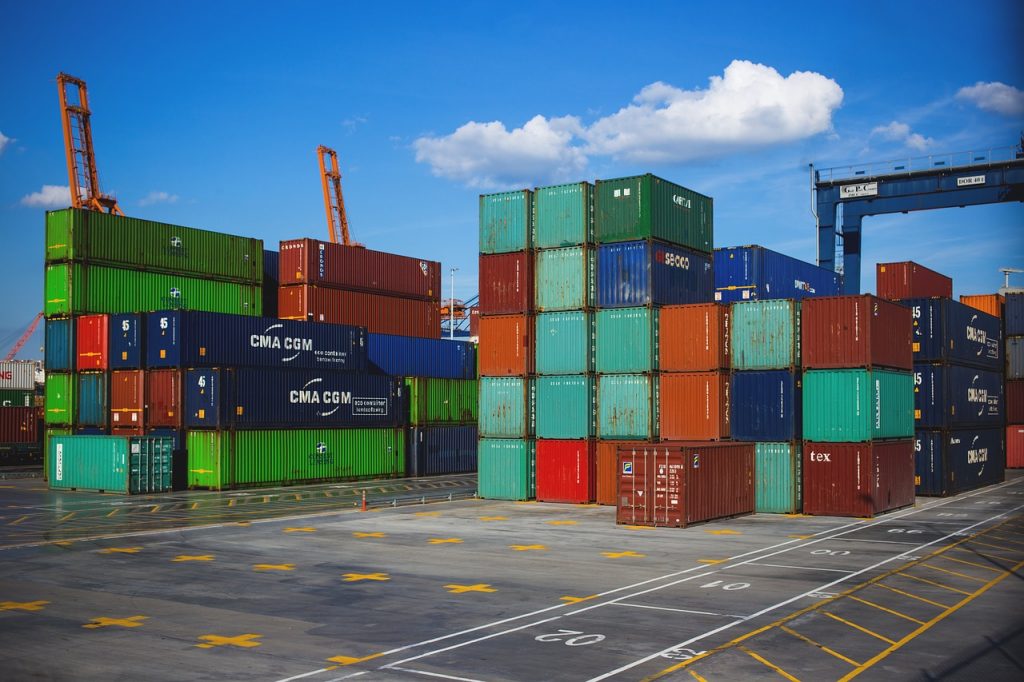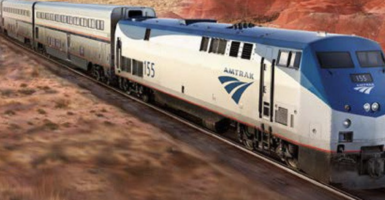Why Supply Chain Issues Are Still A Problem
A rail strike was averted, but the United States supply chain infrastructure still faces challenges due to lingering disruptions and logistical obstacles left over from the height of the pandemic.
This article is more than 2 years old
Freight rail companies, and the unions representing their workers, have reached a tentative agreement to avert the country’s first rail strike in 30 years. But the concern generated by the possibility of the disruption highlights how fragile the United States’ supply chain remains after it was thrown into disarray by the global pandemic. The deal follows months of negotiations and 20 hours of overnight discussions on working conditions.
The breakthrough was announced by Labor Secretary Marty Walsh, who hosted talks between unions and the country’s largest railroads. As part of the new contract, employees will get double-digit raises, more flexible attendance policies, and other benefits, NPR reports. President Joe Biden hailed the outcome as a win for rail workers who worked through the pandemic to ensure that America’s supply chain continued to deliver the items that kept families and communities going during those difficult years.
But those deliveries are not entirely back on track despite a receding pandemic. And it could be a long time before it runs as smoothly as it did before the mandatory lockdowns. Speaking about the ongoing crisis, Lisa Anderson, a supply chain expert and President of California-based LMA Consulting Group said she just doesn’t see anything in the next year or two that’s going to decrease the number of disruptions. Harvard Professor Jason Furman says there’s room for optimism, but the country is not out of the woods yet.
“The ports have mostly cleared themselves out,” said Furman who headed the Council of Economic Advisers under President Obama. “Trucking has mostly resolved itself and the cost of international shipping is way down. So there are definitely a lot of things that have gotten better.”

But in other key areas of the supply chain, there are still some serious problems that aren’t likely to be resolved anytime soon. This includes high fuel and food prices as well as a shortage of microchips for vehicles. Additionally, Americans have come to realize that higher gas prices have a huge ripple effect on the supply chain.
The increases not only have an impact on the cost of shipping foods but also the price and availability of fertilizer. That’s because nitrogen fertilizers are produced using a carbon-rich byproduct of oil refining known as “petcoke.” And the war in Ukraine has made things even worse because Russia used to supply a lot of these fertilizers. Meanwhile, in the retail industry, things aren’t as bad as they were at the height of the pandemic.
Jonathan Gold, the Vice President of Supply Chain and Customs Policy at the National Retail Federation, says, “While you’re not seeing the 100 plus vessels backed up outside of the ports of LA and Long Beach, there are still congestion issues impacting those ports and the ability to get containers out of the port on the rails, to the warehouses via trucks.” So there still are a few problems.
Speaking about the crisis, Transportation Secretary Pete Buttigieg said the country’s supply chain is only as strong as its most congested link. “We’ve seen that throughout the pandemic period and the recovery from the worst days of it,” he told NPR. “Whether its ships, trucks, warehouses, or trains, all of these things need to be working well for our economy to thrive,” he added.







